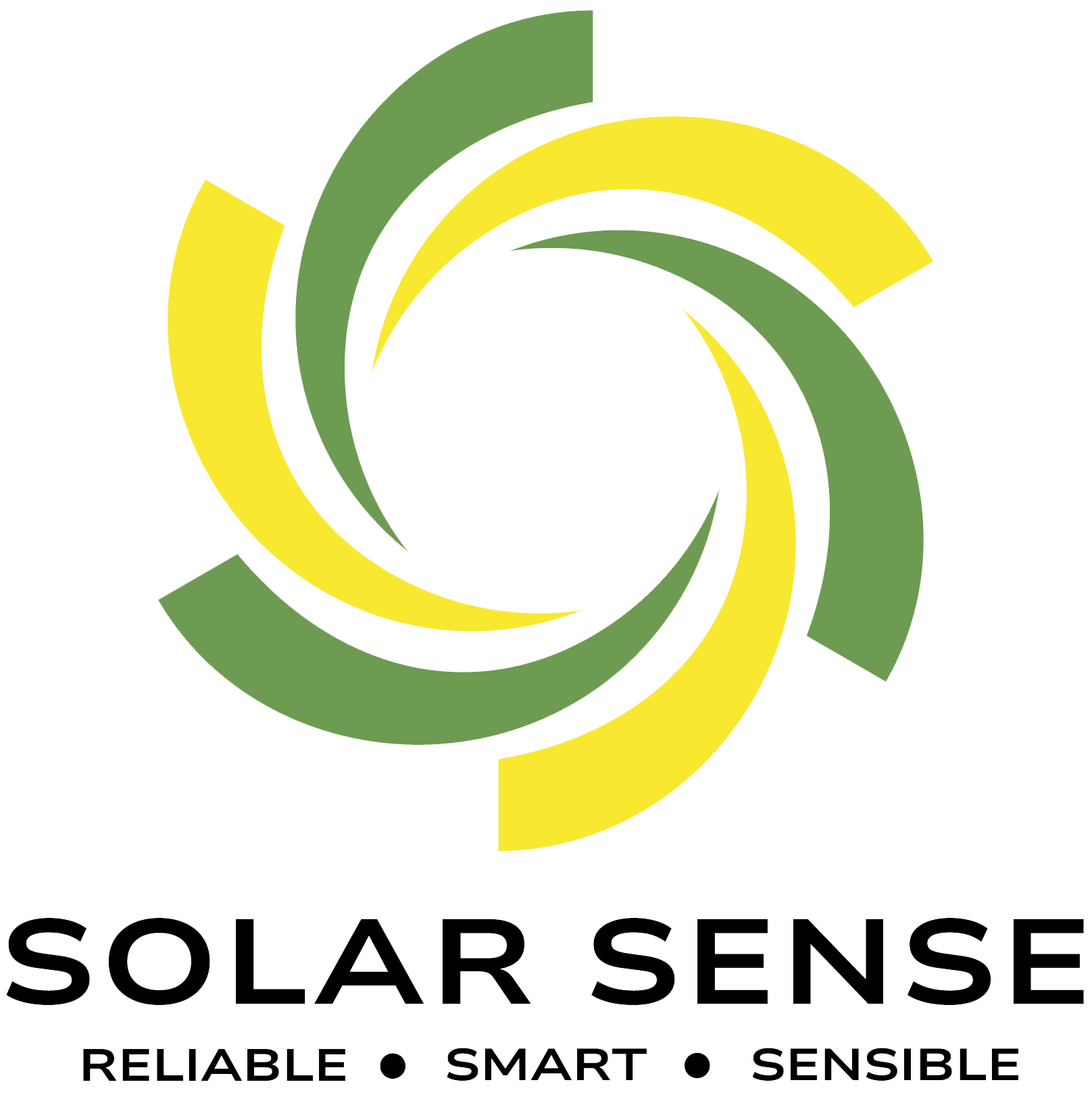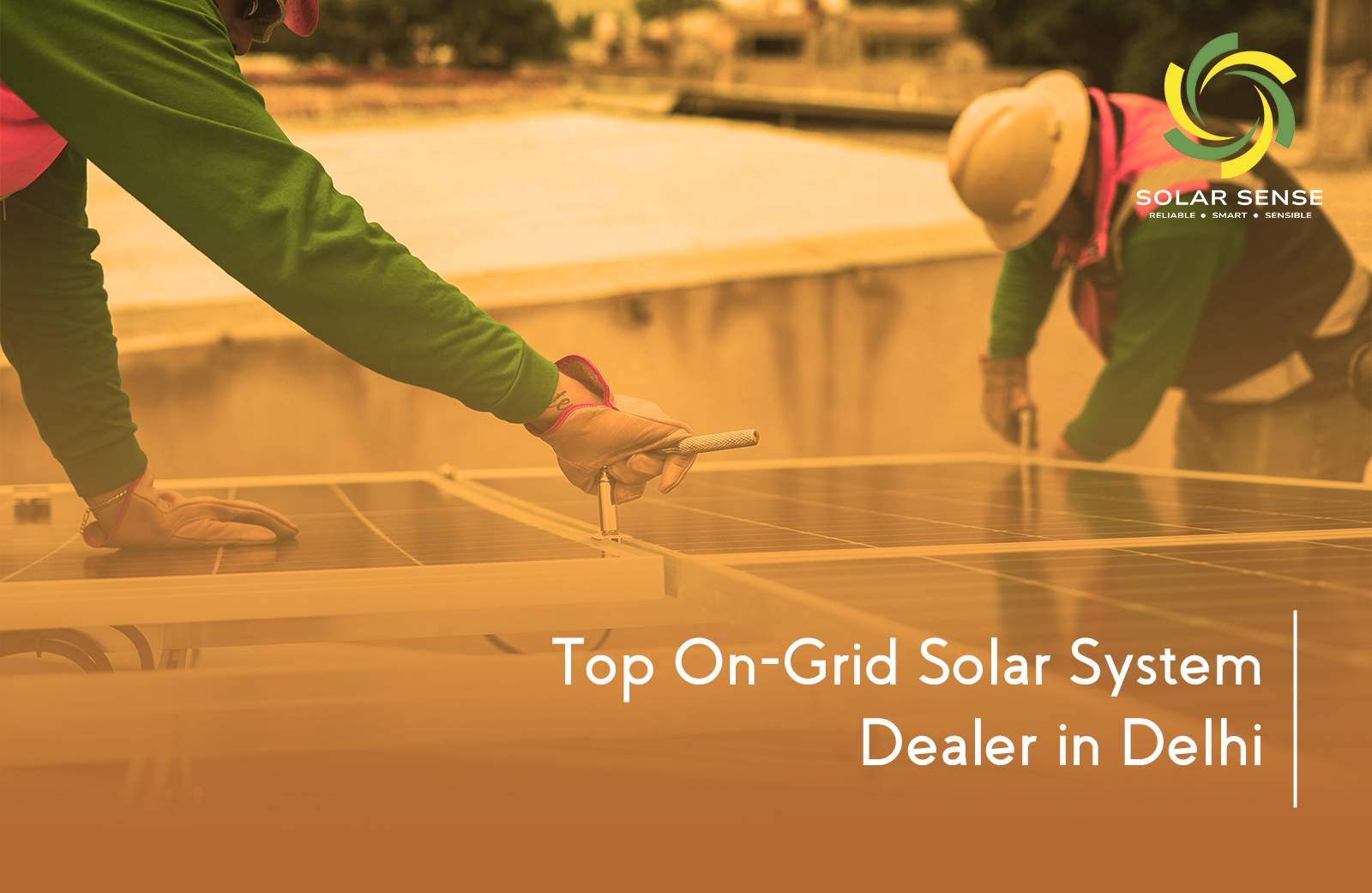Solar panels can help you save money and be good to the planet. In Delhi, you can use solar panels to make your own electricity. This is called an on-grid solar system. On-grid solar system is the best option for the customer who is thinking to go solar. So, it’s best to do some research before Choosing a On-grid solar system dealer in Delhi.
By using solar panels, you can lower your electricity bills, help the environment, and even get money from the government. In this guide, we’ll talk about how solar panels work, how to install them, and how to find a good company to help you.
What is On-Grid Solar System and how does it differ from Off-grid or Hybrid Solar System?
On-grid solar systems are connected to the electrical grid. This means your solar panels send excess electricity back to the grid for credit when they generate more than you need. When your solar panels don’t generate enough electricity, you can draw power from the grid.
Off-grid solar systems are completely independent of the grid. They have batteries to store excess energy, so you can use it when the sun isn’t shining. However, off-grid systems can be more expensive and require more maintenance.
Hybrid solar systems are a combination of on-grid and off-grid systems. They connect to the grid and store excess energy in batteries. This provides the flexibility of an on-grid system with the backup power of an off-grid system.
know in-depth about On-grid Solar System.
Elements or Diagram of On-grid Solar Systems

How Does an On-Grid Solar System Work?
1. Solar Panels Capture Sunlight: Solar panels are installed on your roof or ground, facing the sun. They are designed to absorb sunlight and convert it into direct current (DC) electricity.
2. Inverter Converts DC to AC: The DC electricity generated by the solar panels is fed into an inverter. This device converts the DC electricity into alternating current (AC) electricity, which is compatible with the grid.
3. Excess Electricity Sent to the Grid: If your solar panels generate more electricity than you need, the excess is sent back to the grid. Your utility company will track this excess electricity and provide you with credits on your electric bill.
4. Drawing Power from the Grid: When your solar panels don’t generate enough electricity to meet your needs, you can draw power from the grid as usual. This ensures a continuous supply of electricity for your home or business.
5. Net Metering: Many utility companies offer net metering, which allows you to offset your electricity usage with the excess electricity you generate. This means that at the end of the billing period, your credits from the grid will be deducted from your total electricity usage, resulting in a lower bill.
Benefits and Limitations of On-Grid Solar Systems
Benefits
- Cost savings: On-grid solar systems can significantly reduce your electricity bills over time.
- Environmental benefits: Solar energy is a clean and renewable energy source, reducing your carbon footprint.
- Government incentives: Many governments offer subsidies or tax incentives to encourage the adoption of solar energy.
- Increased property value: Installing solar panels can increase the value of your property.
- Reliability: Solar panels are highly reliable and have a long lifespan.
Limitations:
- Initial cost: The upfront cost of installing a solar system can be significant.
- Grid dependence: While solar systems can reduce your reliance on the grid, you still need a grid connection for backup power.
- Weather dependence: The amount of electricity your system generates will vary depending on the weather conditions, such as cloud cover and sunlight intensity.
- Regulatory changes: Government policies and regulations related to solar energy can change over time, potentially affecting the financial benefits of your system.
Why is an On-Grid Solar System the best option for Delhi?
There are several compelling reasons to consider before choosing an On-grid solar system dealer:
- By generating your own electricity, you can significantly lower your monthly electricity costs.
- Solar energy is a clean and renewable resource. By using solar power, you reduce your carbon footprint and contribute to a healthier planet.
- Many governments offer subsidies, tax breaks, or other incentives to encourage the adoption of solar energy. These incentives can make solar systems more affordable.
- Solar power can reduce your reliance on the grid, giving you greater energy independence.
- Solar panels are known for their reliability and long lifespan. They can provide you with clean energy for many years.
How to choose best On grid solar system dealer in Delhi?
When selecting an on-grid solar system dealer in Delhi, consider the following factors:
- Experience and Reputation: Looking for a dealer with a proven track record in the solar industry. Check out online reviews and testimonials to gauge their reputation.
- Certifications and Licenses: The dealer should hold a certification and a license to install solar systems in Delhi. This indicates their expertise and adherence to industry standards.
- Product Quality: Inquire about the quality of solar panels and other components offered by the dealer. Reputable brands often provide better performance and longevity.
- Installation Services: Assess the dealer’s installation capabilities and experience. A skilled installation team is crucial for optimal system performance and safety.
- Maintenance and Support: Ask about the dealer’s after-sales services, including maintenance plans and technical support. A reliable dealer will provide ongoing assistance.
- Financing Options: If you need financing, inquire about the options offered by the dealer. Compare interest rates and terms to find the best deal.
- Local Knowledge: Choose a dealer with a strong understanding of Delhi’s solar policies, regulations, and incentives. This knowledge can help you maximize the benefits of your solar system.
- Transparent Pricing: Request a detailed breakdown of costs, including the price of solar panels, installation fees, and any additional charges. Avoid dealers with hidden fees or unclear pricing.
Why solarsense is best On-grid solar system dealer in Delhi?
As a leading on-grid solar system dealer in Delhi, Solarsense offers a variety of top-quality on-grid solar power systems. Their experienced installation teams and comprehensive after-sales support ensure a smooth experience. With a strong local presence, SolarSense guarantees compliance with Delhi’s regulations. To make an informed choice, it’s advisable to research Solarsense, compare quotes from other dealers, and inquire about their experience with on-grid solar installations, financing options, and additional services.
Contact Us!
Installing solar panels is an investment in both your home and a sustainable future. Choosing a top on-grid solar panel dealer ensures longer panel life through regular checkups and maintenance.
- Phone: +91-8130025257
- Email: info@solarsense.in
- Solar Sense
- 13 Main GT Road, Azadpur, Delhi-110033





